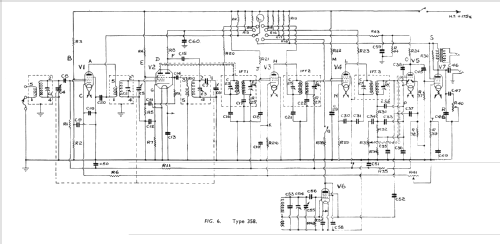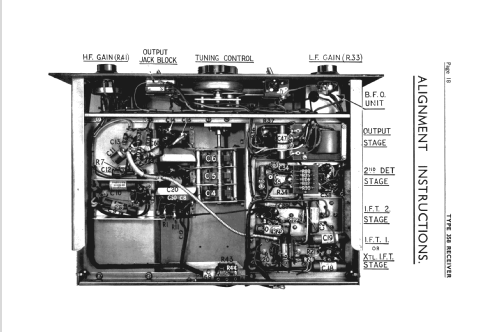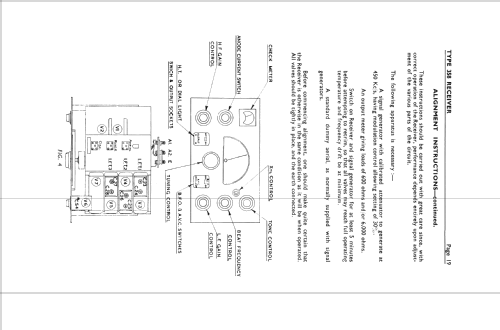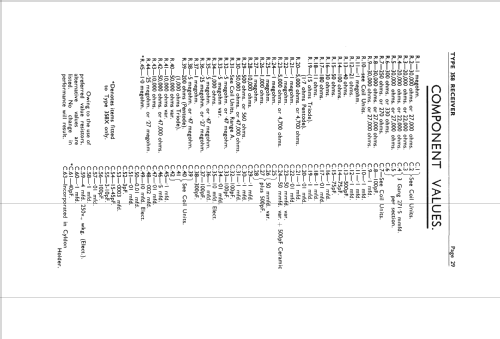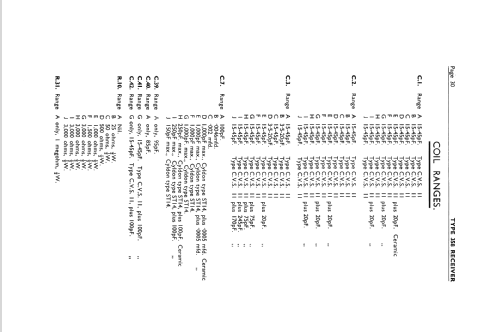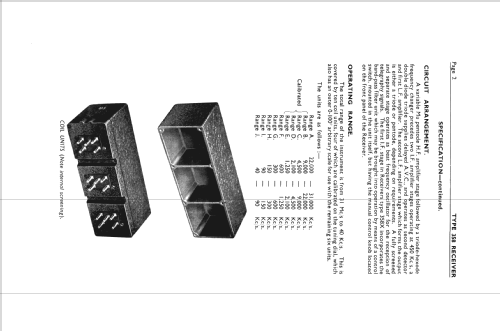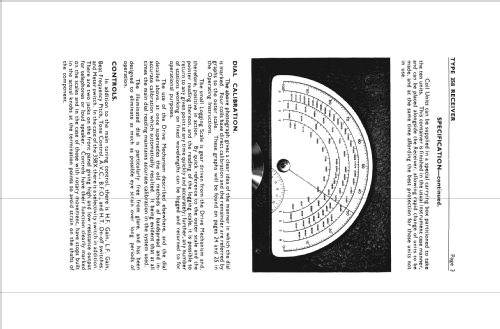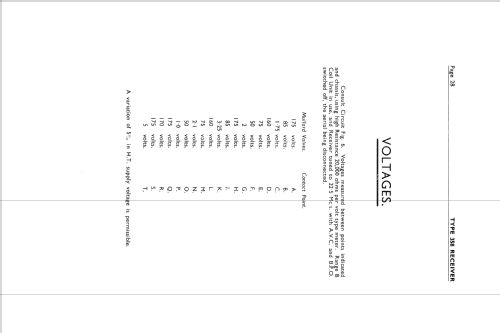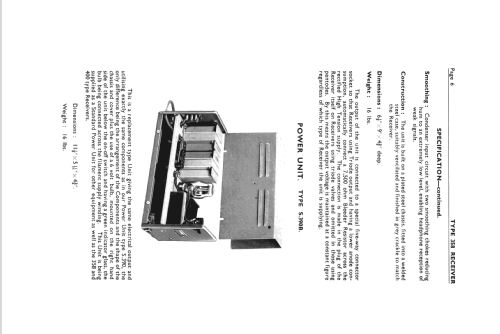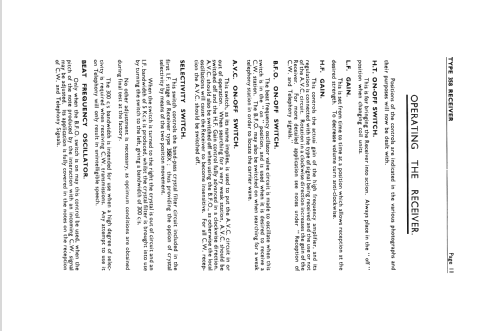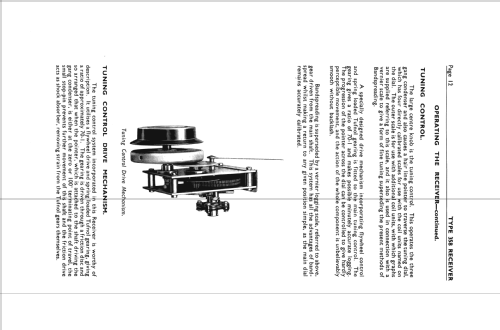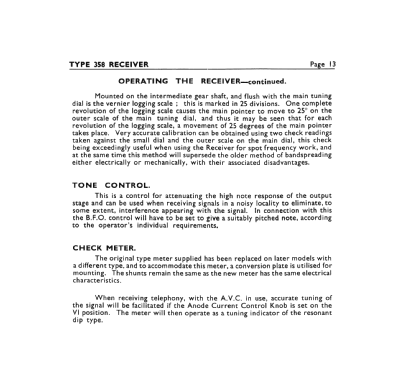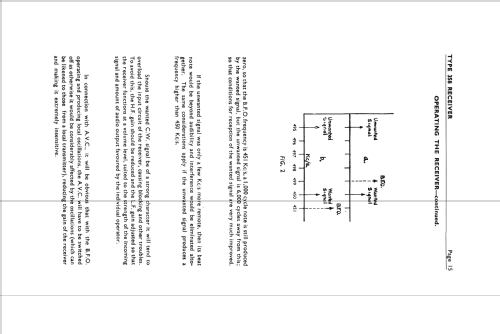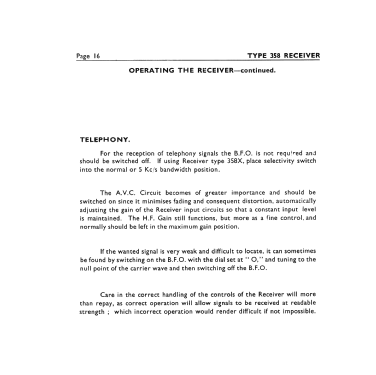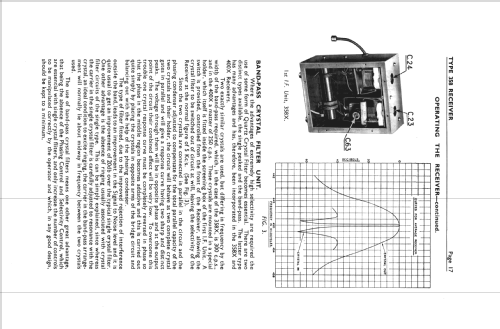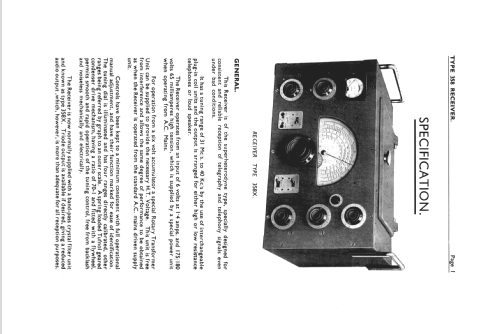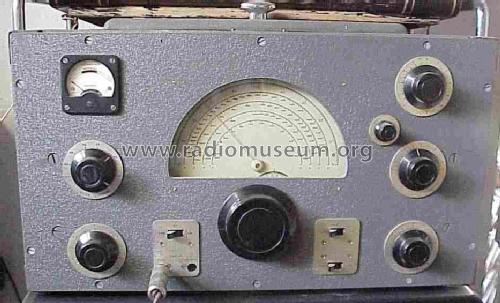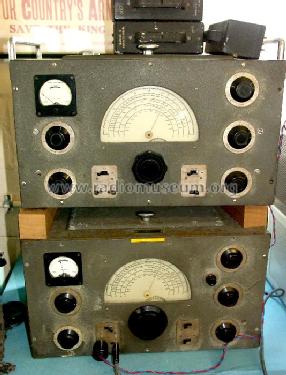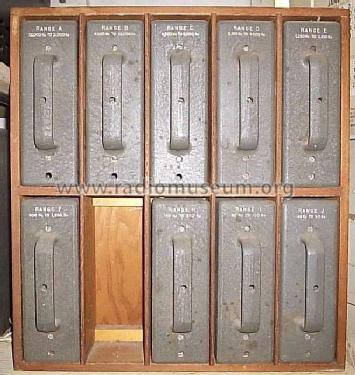- Country
- Great Britain (UK)
- Manufacturer / Brand
- Eddystone (Brand), Stratton and Co., Ltd., Eddystone Radio Ltd.; Birmingham
- Year
- 1940
- Category
- Commercial Receiver (may include amateur bands)
- Radiomuseum.org ID
- 95007
Click on the schematic thumbnail to request the schematic as a free document.
- Number of Tubes
- 8
- Main principle
- Superhet with RF-stage; ZF/IF 450 kHz; 2 AF stage(s)
- Wave bands
- Broadcast plus more than 2 Short Wave bands.
- Power type and voltage
- Alternating Current supply (AC) / 200-250 Volt
- Loudspeaker
- - For headphones or amp.
- Power out
- 1.5 W (unknown quality)
- Material
- Metal case
- from Radiomuseum.org
- Model: 358 - Eddystone Brand, Stratton and
- Shape
- Tablemodel, with any shape - general.
- Dimensions (WHD)
- 20.5 x 12 x 13.5 inch / 521 x 305 x 343 mm
- Notes
- Coverage 40 kHz - 31MHz in 10 bands. Wave band is changed by plugging in different coil units.
No crystal filter, note the lacking switch left of "tone" and "BFO" controls (see 358X for model with crystal filter).
Matching external Power supply S390 supplying 6V LT and 175/180V HT.
Army tube designations: ARP34 ARTH2 ARP34 ARP34 AR21 ARP34 VT52 ZA3489.
Navy designation Receiver B34.
- Net weight (2.2 lb = 1 kg)
- 22.9 kg / 50 lb 7 oz (50.441 lb)
- Mentioned in
- Wireless for the Warrior Vol.3
- Author
- Model page created by Nigel Hulse. See "Data change" for further contributors.
- Other Models
-
Here you find 256 models, 127 with images and 46 with schematics for wireless sets etc. In French: TSF for Télégraphie sans fil.
All listed radios etc. from Eddystone (Brand), Stratton and Co., Ltd., Eddystone Radio Ltd.; Birmingham
Forum contributions about this model: Eddystone Brand,: 358
Threads: 2 | Posts: 2
For changing of wavebands, plug-in "coil units" have to be put in place inside the receiver. A hinged cover gives access to the chassis of the receiver, the shielded coil units (aerial, mixer and oscillator coils) are plugged in on top of the chassis.
The band segments are as follows:
Range A: 22000 - 31000 kHz
Range B*: 9000 - 22000 kHz
Range C*: 4500 - 9000 kHz
Range D*: 2100 - 4500 kHz
Range E*: 1250 - 2100 kHz
Range F: 600 - 1250 kHz
Range G: 300 - 600 kHz
Range H: 150 - 300 kHz
Range I: 90 - 150 kHz
Range J: 40 - 90 kHz
The set has a calibrated dial only for band segments B, C, D, E, for the other band segments, the operator has to rely on the 0 - 100 logging scale and prepare his own wavelength chart.
The band segments are as follows:
Range A: 22000 - 31000 kHz
Range B*: 9000 - 22000 kHz
Range C*: 4500 - 9000 kHz
Range D*: 2100 - 4500 kHz
Range E*: 1250 - 2100 kHz
Range F: 600 - 1250 kHz
Range G: 300 - 600 kHz
Range H: 150 - 300 kHz
Range I: 90 - 150 kHz
Range J: 40 - 90 kHz
The set has a calibrated dial only for band segments B, C, D, E, for the other band segments, the operator has to rely on the 0 - 100 logging scale and prepare his own wavelength chart.
Martin Bösch, 02.Jan.07
these are the tube substitutes according to a manual for the 358x found at BAMA:
.png)
hope that helps mb (edit: Graphic mit verbesserter Lesbarkeit, danke GR)
.png)
hope that helps mb (edit: Graphic mit verbesserter Lesbarkeit, danke GR)
Martin Bösch, 02.Jan.07
